Joel Lamy-Poirier
Using Scaling Laws for Data Source Utility Estimation in Domain-Specific Pre-Training
Jul 29, 2025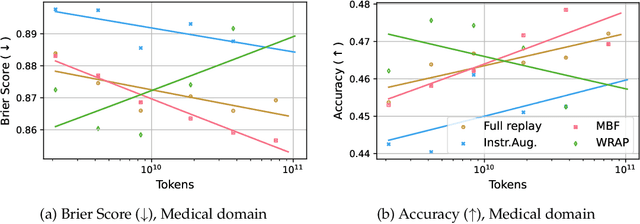
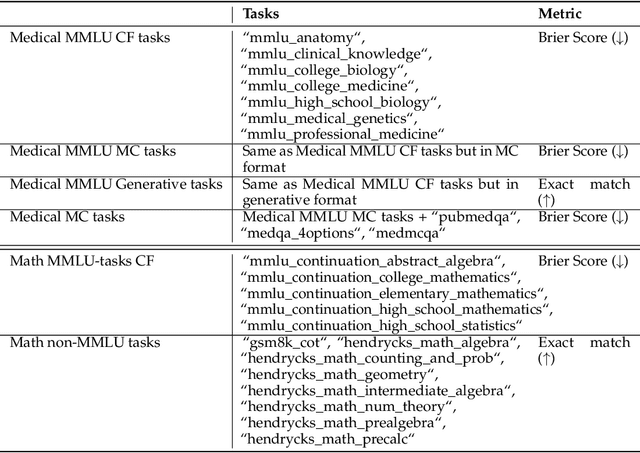
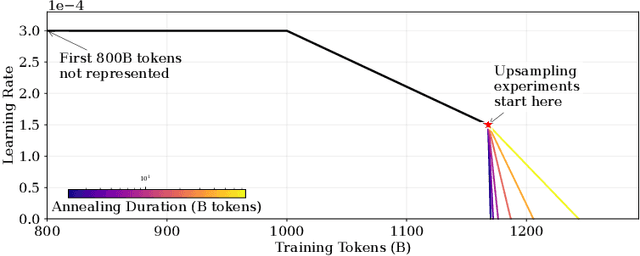

Abstract:We introduce a framework for optimizing domain-specific dataset construction in foundation model training. Specifically, we seek a cost-efficient way to estimate the quality of data sources (e.g. synthetically generated or filtered web data, etc.) in order to make optimal decisions about resource allocation for data sourcing from these sources for the stage two pre-training phase, aka annealing, with the goal of specializing a generalist pre-trained model to specific domains. Our approach extends the usual point estimate approaches, aka micro-annealing, to estimating scaling laws by performing multiple annealing runs of varying compute spent on data curation and training. This addresses a key limitation in prior work, where reliance on point estimates for data scaling decisions can be misleading due to the lack of rank invariance across compute scales -- a phenomenon we confirm in our experiments. By systematically analyzing performance gains relative to acquisition costs, we find that scaling curves can be estimated for different data sources. Such scaling laws can inform cost effective resource allocation across different data acquisition methods (e.g. synthetic data), data sources (e.g. user or web data) and available compute resources. We validate our approach through experiments on a pre-trained model with 7 billion parameters. We adapt it to: a domain well-represented in the pre-training data -- the medical domain, and a domain underrepresented in the pretraining corpora -- the math domain. We show that one can efficiently estimate the scaling behaviors of a data source by running multiple annealing runs, which can lead to different conclusions, had one used point estimates using the usual micro-annealing technique instead. This enables data-driven decision-making for selecting and optimizing data sources.
StarCoder 2 and The Stack v2: The Next Generation
Feb 29, 2024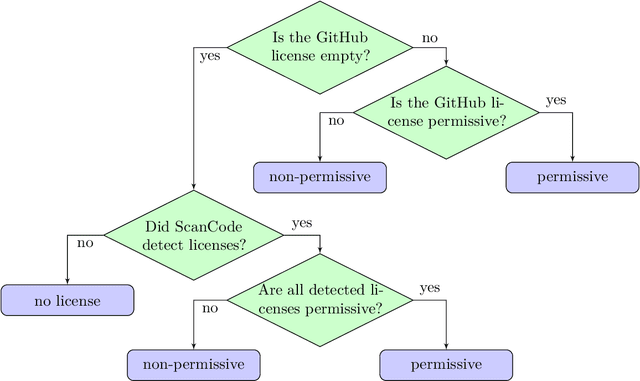
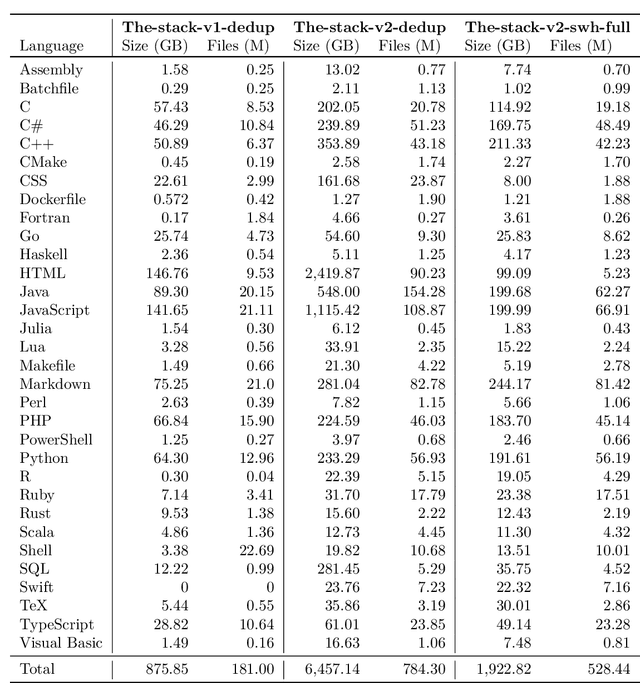
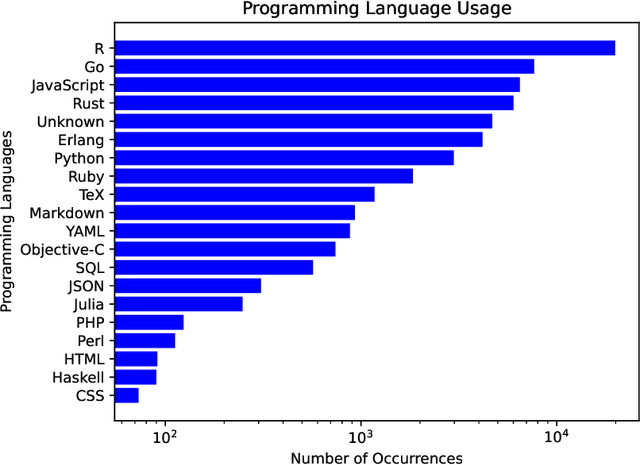
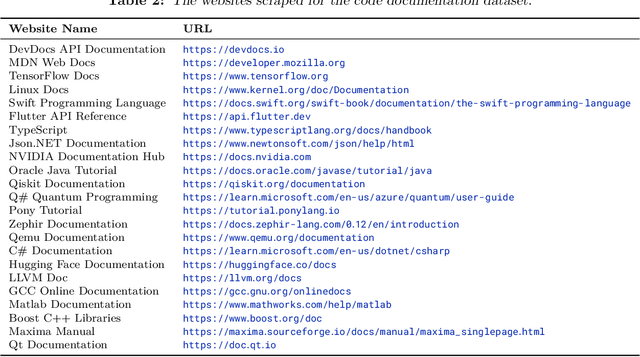
Abstract:The BigCode project, an open-scientific collaboration focused on the responsible development of Large Language Models for Code (Code LLMs), introduces StarCoder2. In partnership with Software Heritage (SWH), we build The Stack v2 on top of the digital commons of their source code archive. Alongside the SWH repositories spanning 619 programming languages, we carefully select other high-quality data sources, such as GitHub pull requests, Kaggle notebooks, and code documentation. This results in a training set that is 4x larger than the first StarCoder dataset. We train StarCoder2 models with 3B, 7B, and 15B parameters on 3.3 to 4.3 trillion tokens and thoroughly evaluate them on a comprehensive set of Code LLM benchmarks. We find that our small model, StarCoder2-3B, outperforms other Code LLMs of similar size on most benchmarks, and also outperforms StarCoderBase-15B. Our large model, StarCoder2- 15B, significantly outperforms other models of comparable size. In addition, it matches or outperforms CodeLlama-34B, a model more than twice its size. Although DeepSeekCoder- 33B is the best-performing model at code completion for high-resource languages, we find that StarCoder2-15B outperforms it on math and code reasoning benchmarks, as well as several low-resource languages. We make the model weights available under an OpenRAIL license and ensure full transparency regarding the training data by releasing the SoftWare Heritage persistent IDentifiers (SWHIDs) of the source code data.
StarCoder: may the source be with you!
May 09, 2023Abstract:The BigCode community, an open-scientific collaboration working on the responsible development of Large Language Models for Code (Code LLMs), introduces StarCoder and StarCoderBase: 15.5B parameter models with 8K context length, infilling capabilities and fast large-batch inference enabled by multi-query attention. StarCoderBase is trained on 1 trillion tokens sourced from The Stack, a large collection of permissively licensed GitHub repositories with inspection tools and an opt-out process. We fine-tuned StarCoderBase on 35B Python tokens, resulting in the creation of StarCoder. We perform the most comprehensive evaluation of Code LLMs to date and show that StarCoderBase outperforms every open Code LLM that supports multiple programming languages and matches or outperforms the OpenAI code-cushman-001 model. Furthermore, StarCoder outperforms every model that is fine-tuned on Python, can be prompted to achieve 40\% pass@1 on HumanEval, and still retains its performance on other programming languages. We take several important steps towards a safe open-access model release, including an improved PII redaction pipeline and a novel attribution tracing tool, and make the StarCoder models publicly available under a more commercially viable version of the Open Responsible AI Model license.
Breadth-First Pipeline Parallelism
Nov 11, 2022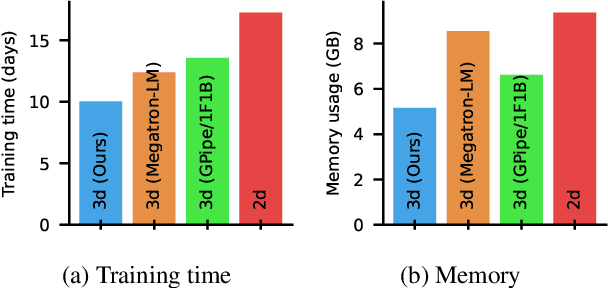
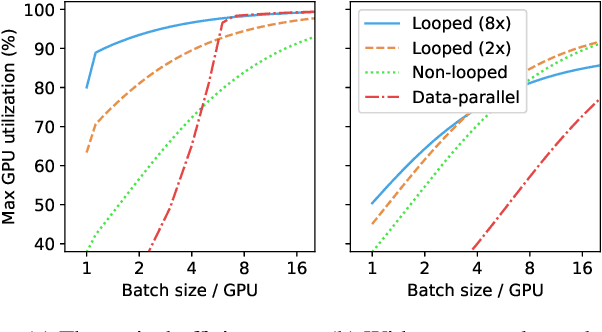
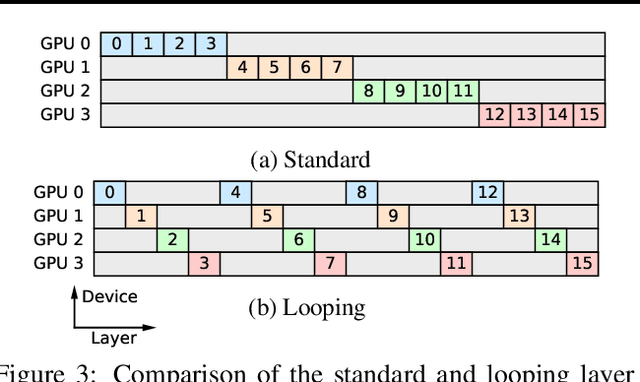
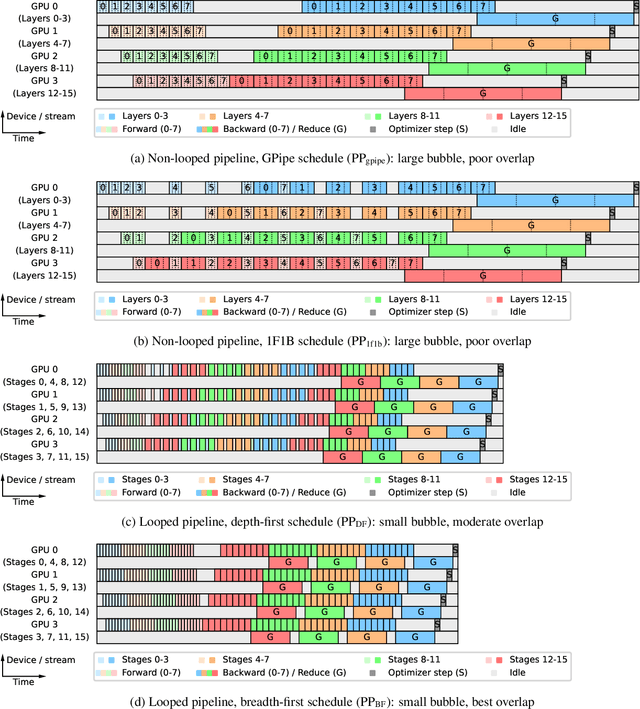
Abstract:We introduce Breadth-First Pipeline Parallelism, a novel training schedule which optimizes the combination of pipeline and data parallelism. Breadth-First Pipeline Parallelism lowers training time, cost and memory usage by combining a high GPU utilization with a small batch size per GPU, and by making use of fully sharded data parallelism. Experimentally, we observed increases of up to 53% in training speed.
Layered gradient accumulation and modular pipeline parallelism: fast and efficient training of large language models
Jun 04, 2021

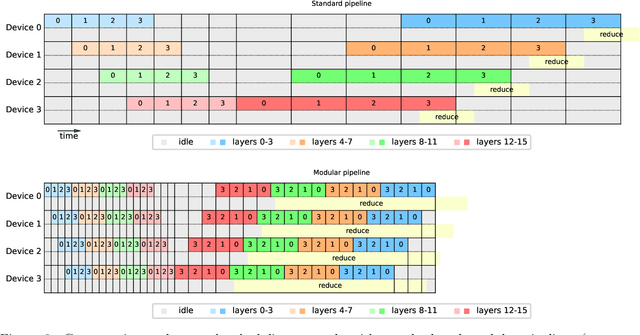
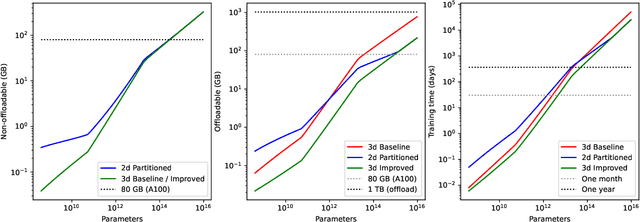
Abstract:The advent of the transformer has sparked a quick growth in the size of language models, far outpacing hardware improvements. (Dense) transformers are expected to reach the trillion-parameter scale in the near future, for which training requires thousands or even tens of thousands of GPUs. We investigate the challenges of training at this scale and beyond on commercially available hardware. In particular, we analyse the shortest possible training time for different configurations of distributed training, leveraging empirical scaling laws for language models to estimate the optimal (critical) batch size. Contrary to popular belief, we find no evidence for a memory wall, and instead argue that the real limitation -- other than the cost -- lies in the training duration. In addition to this analysis, we introduce two new methods, \textit{layered gradient accumulation} and \textit{modular pipeline parallelism}, which together cut the shortest training time by half. The methods also reduce data movement, lowering the network requirement to a point where a fast InfiniBand connection is not necessary. This increased network efficiency also improve on the methods introduced with the ZeRO optimizer, reducing the memory usage to a tiny fraction of the available GPU memory.
Hinted Networks
Dec 15, 2018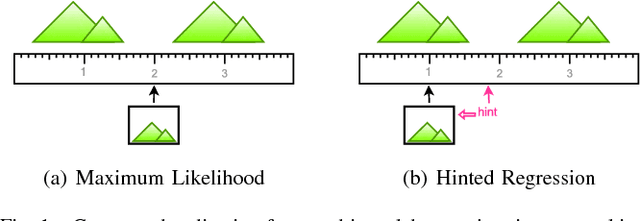



Abstract:We present Hinted Networks: a collection of architectural transformations for improving the accuracies of neural network models for regression tasks, through the injection of a prior for the output prediction (i.e. a hint). We ground our investigations within the camera relocalization domain, and propose two variants, namely the Hinted Embedding and Hinted Residual networks, both applied to the PoseNet base model for regressing camera pose from an image. Our evaluations show practical improvements in localization accuracy for standard outdoor and indoor localization datasets, without using additional information. We further assess the range of accuracy gains within an aerial-view localization setup, simulated across vast areas at different times of the year.
 Add to Chrome
Add to Chrome Add to Firefox
Add to Firefox Add to Edge
Add to Edge